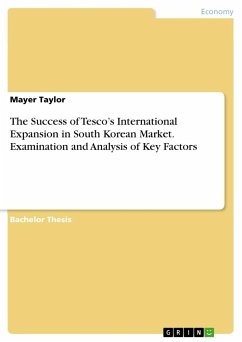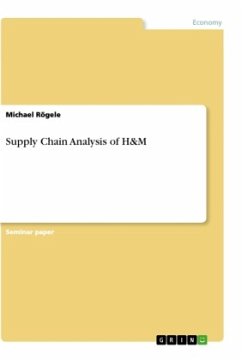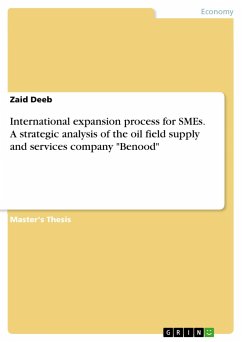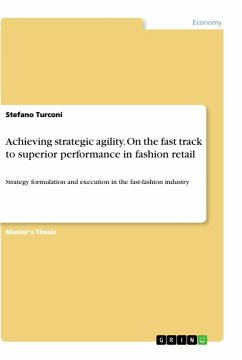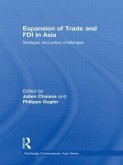Scientific Study from the year 2009 in the subject Business economics - Trade and Distribution, grade: A+, University of Auckland, language: English, abstract: Hennes & Mauritz (H&M) is a Europe's second-largest clothing retailer. Founded 1946 by Erling Persson in Sweden, H&M initially sold women clothing through "Hennes" stores in Sweden. "Hennes" is Swedish and means "for her". In 1968 the company acquired the hunting apparel retailer Mauritz Widforss, which also offered collections for men, and changed its name into Hennes & Mauritz.Today H&M offers clothes, own-brand cosmetics, accessories and footwear in over 1,800 stores in 34 countries around the world. H&M employs around 73,000 people and achieved a turnover of SEK 104,041 million in 2008 (H&M, 2008). H&M's extensive product line can be broadly categorized into: women, teenagers, men, children, accessories and cosmetics. H&M strives for constant expansion targeting 10-15% growth of store numbers annually to leverage its core competencies. 214 stores were added in 2008 and 225 new stores are planned to be added globally in 2009. In exceptional cases like the Middle East and Kuwait, H&M has entered through franchise operations. However, wholly-owned subsidiaries are the preferred mode of entry to keep full organizational control of foreign subsidiaries (H&M, 2008).This study aims to identify a market that suits H&M's successful business model and offers an attractive opportunity-risk relation. For this purpose we firstly need to understand the business model and core competencies of H&M. Secondly, two alternative markets are selected for a country screening process. Thirdly, risks and opportunities inherent to their economic, political & legal, socio-cultural, and market forces are assessed and finally a recommendation under consideration of key success factors is made.


